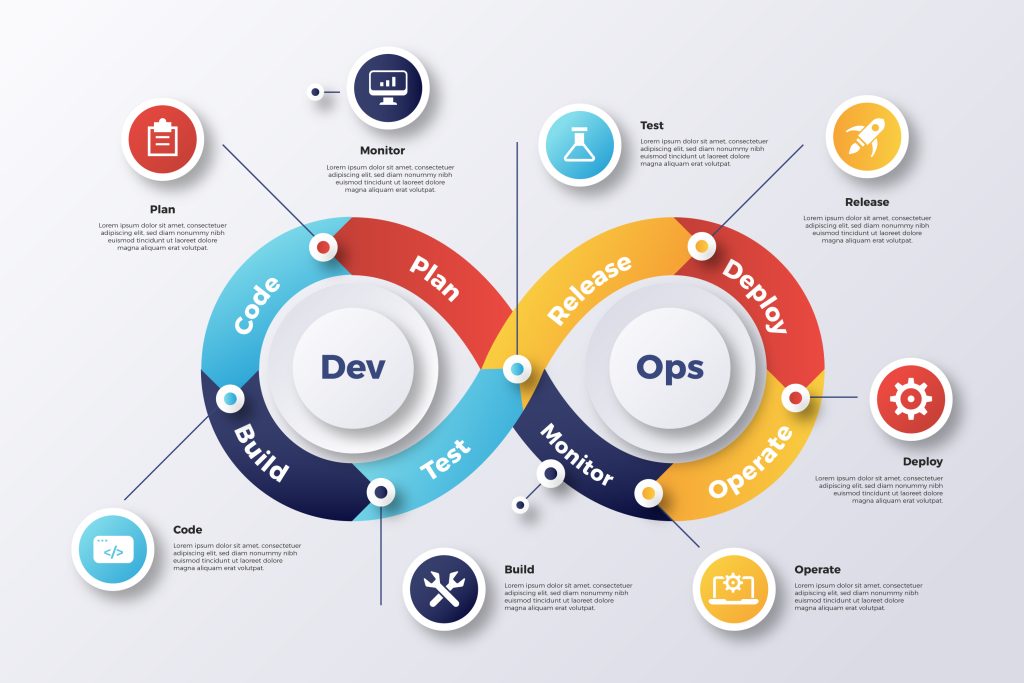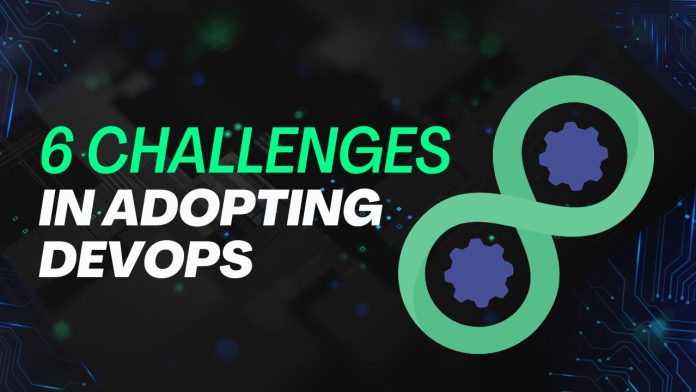With time, more software and IT Ops are incorporating DevOps practices in their culture to bring out innovation faster. As the companies adopting DevOps practices experience improvements, other companies are also considering the shift to remain in the competition. Hence, leveraging the expertise of DevOps services providers is becoming increasingly common.
Changes are challenging, but they are also the only constant. Without change, businesses will cease to exist.
In this post, we cover the various challenges that companies face when adopting DevOps into their practice and ways to overcome the hurdles.
DevOps Services Providers – 6 Problems that Companies Face While Adopting DevOps Practices
Before you start on how to incorporate DevOps and the challenges, it brings, first learn how DevOps helps organizations. New technology isn’t for everyone. So, understand if you need DevOps practices, and then understand the challenges it brings.
Here are some common challenges DevOps Services providers face while helping organizations adopt DevOps Practices.
The Dev VS. Ops Mentality
The Development and Operations teams being at loggerheads is an old cliché and absolutely true. Developers want to innovate and make something new, whereas the operations team wants to maintain service standards.

As innovation causes disruptions, the two groups tend to counter each other, which results in friction, causing more handovers, an increase in cost, and longer feedback loops.
The primary purpose of DevOps is to remove the silos and help groups work together in IT operations. Hence, firstly it requires the company to create a vision around the development and operations team.
First, formulate where the roles and responsibilities of the Development team end and the operations team starts. Then, working on finding ways to integrate them is where DevOps services commence. It is also the first hurdle software companies face while incorporating DevOps practices.
Create An Understanding of Continuous Delivery Practices
Once you prioritize continuously delivering your code and minimizing the feedback loops, the DevOps engineer can work on the implementation part. It includes adding pipelines and continuous integration tooling.
Continuous delivery can mean widely different things to different users. Hence, you must first define continuous delivery. For the most part, it can be defined as a set of processes that facilitate continuous delivery by ensuring reliable and sustainable releases of new software changes.
It includes adding new features, fixing existing bugs, and much more. The aim is to ensure that the main project remains intact during all these changes.
The process verifies full project workability and clean state before the changes go to the production environment.
Defining the term appropriately will facilitate a complete understanding of the term, leading to a higher possibility of achieving the goal.
The Shift from Legacy Infrastructure to Microservices
In the world of technology, classics do not have a room. An application made with complex architecture stacks might have worked in the past, but now, it is a hassle no one needs.
Not changing operations with time can lead companies to stability problems and lose their position in the market.
The infrastructure-as-a-code and microservices architecture are investments companies make for continuous innovation. The advancements also result in re-invention and modernization of software development processes, helping businesses adapt to market needs.
The cloud-native ecosystem not only helps with faster development and innovation but also lays a solid foundation for automation, configuration management, and continuous delivery practices.
The advancements also help tackle the increase in operational workload due to microservices.
Add Test Automation Strategy
Automating software tests is essential to DevOps practices, including CI/CD. But, test automation can become a slow process.

Firstly, the company must first define the test strategy and run a sample implementation of the strategy to help the team.
Here, you must answer the four critical questions:
- What are the methods of Data Management for Tests?
- Is the use of open-sourced shared libraries and common practices allowed?
- What should an end-to-end test look like for the company’s code base?
- What is the purpose of our smoke tests?
A clear understanding of implementing test strategy will help an organization get every part of the company to adopt test automation. The inclusion will help shorten feedback loops and ensure faster product delivery.
Excessive focus on Tools
As the demand increased, the number of flashy tools that can help organizations adopt DevOps faster also increased. But these new tools have a learning curve, need thorough security checks, and the companies need to check if the tools will integrate well with their current infrastructure.
Do not fall for the tools. Instead, first focus on your team, the structure, and the processes in the organization. Then, the tools can follow.
DevOps practices are essentially a cultural change in the organization, and hence people come first in the transition. If your team does not get appropriate training for the tools and processes, it will lead to confusion and ultimately slows down the process of adopting DevOps practices.
Team Ownership for Deployment and Releases
Teams do not have complete ownership of software deployment and release cycles because there is a lack of understanding regarding the difference between deployment and release.
Deploy: It includes your software being installed into any environment, such as dev, test, and prod.
Release: Releasing includes making products available to the end customer.
To facilitate better work, both Dev and Ops teams should share responsibilities for deployment, releases, and operations. It helps both teams empathize with each other.
Hence, DevOps service providers can have an easier time helping companies adopt DevOps practices in all the teams and share ownership of the various software development processes.
DevOps predictions for 2023 are optimistic, and companies are already investing in the practice today.
Final Thoughts – Hire DevOps Services Providers Today
Resistance to change is part and parcel of any innovation in an organization. Still, with the right outlook and appropriate introduction, it is possible to improve your functions for the better in a short time. You will need the expertise of DevOps Services Providers to set up an infrastructure that facilitates DevOps practices.
Hire MoogleLabs as your DevOps Services Providers to create an entirely new infrastructure and architecture of workflow for better overall results.


